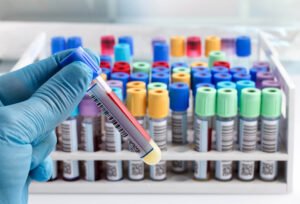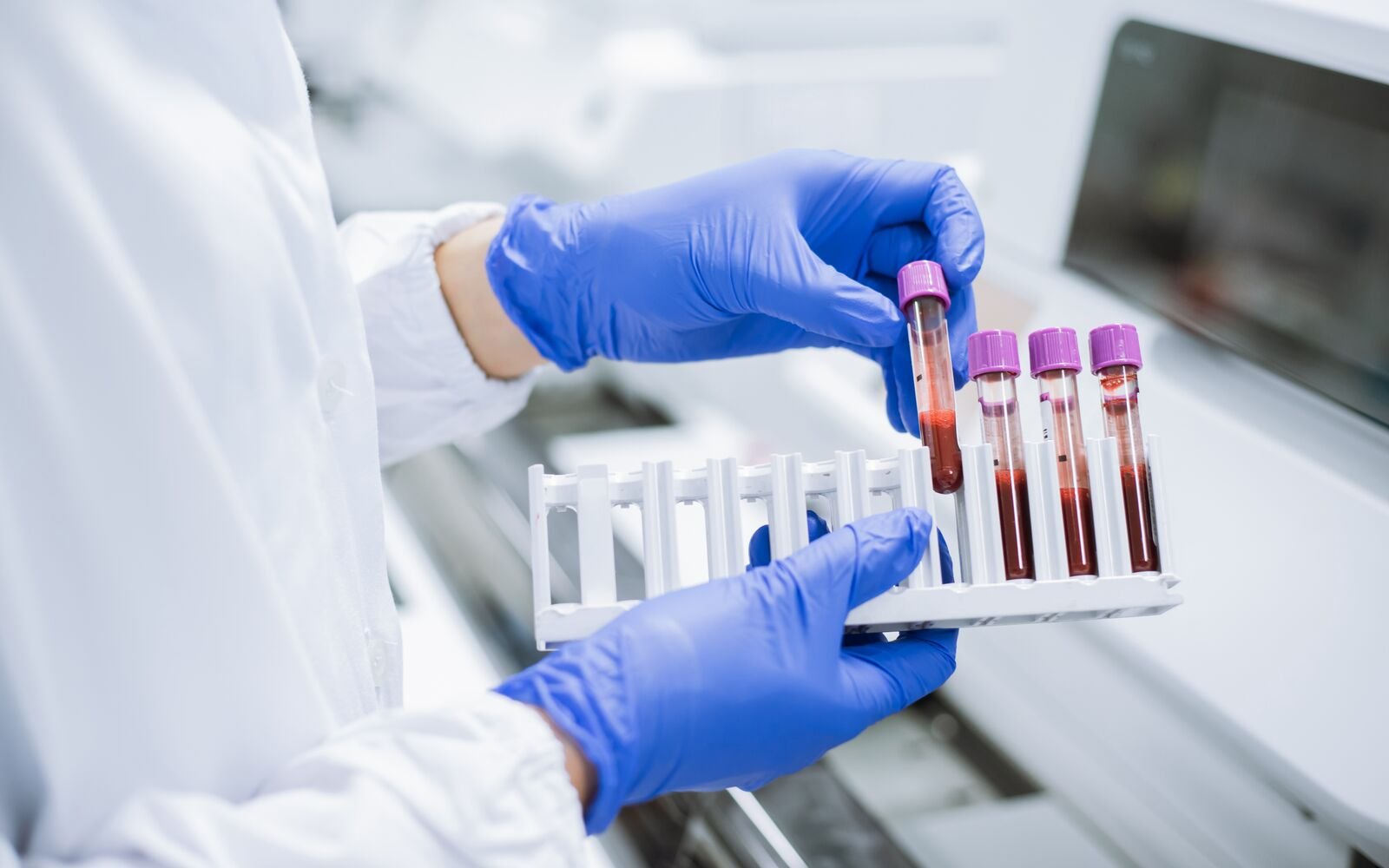Why LFTs Matter
Your liver works like a central control room for the body. It:
-
Processes nutrients and stores energy
-
Makes proteins and clotting factors
-
Breaks down toxins and medicines
-
Helps with digestion by making bile
When the liver is injured, blocked, or tired, these functions are affected — and LFTs help detect where the problem is.
What’s in an LFT Report?
| Test | What it Tells Us |
|---|---|
| Bilirubin (Total, Direct, Indirect) | Measures the yellow pigment from red blood cell breakdown. High → jaundice. |
| AST (Aspartate transaminase) | Enzyme found in liver and muscle; rises with liver cell injury. |
| ALT (Alanine transaminase) | Enzyme mostly in liver; more specific for liver injury. |
| ALP (Alkaline phosphatase) | From bile ducts and bone; high levels suggest bile flow blockage. |
| GGT (Gamma-glutamyl transferase) | Helps confirm bile duct issues and detect alcohol effect. |
| Albumin | Protein made by the liver; low levels indicate poor protein production. |
| Prothrombin Time (PT/INR) | Measures how fast blood clots; depends on liver-made clotting factors. |
Mnemonic to Remember
💡 “Big Amazing ALTars Always Get Packed”
-
B – Bilirubin
-
A – AST
-
A – ALT
-
A – ALP
-
G – GGT
-
P – Proteins (Albumin) + PT
Patterns in LFTs
| Pattern | Main Rise | Common Causes |
|---|---|---|
| Hepatocellular injury | AST/ALT >> ALP | Hepatitis, drugs, toxins |
| Cholestatic injury | ALP & GGT >> AST/ALT | Gallstones, biliary obstruction |
| Mixed pattern | Both AST/ALT and ALP high | Alcoholic hepatitis, drug reactions |
| Synthetic failure | Low Albumin, High PT | Cirrhosis, acute liver failure |
Case Studies
Case 1 – Acute Viral Hepatitis
History: 24-year-old woman, fever, nausea, yellow eyes for 3 days. Ate roadside food.
LFT:
-
Total bilirubin – 12 mg/dL (Direct 6, Indirect 6)
-
AST – 950 U/L
-
ALT – 1100 U/L
-
ALP – Normal
-
Albumin – 4.2 g/dL (normal)
-
PT – Normal
Interpretation: Very high AST/ALT, normal Albumin → acute injury but liver’s protein-making ability is intact.
Diagnosis: Hepatitis A.
Case 2 – Alcoholic Hepatitis
History: 40-year-old man, mild jaundice, long-term alcohol intake.
LFT:
-
AST – 240 U/L
-
ALT – 100 U/L (AST:ALT = 2.4)
-
ALP – Mildly high
-
Bilirubin – 4 mg/dL
-
Albumin – 3.4 g/dL
-
PT – Slightly prolonged
Interpretation: AST:ALT > 2 → alcoholic hepatitis. Mild loss of protein production.
Case 3 – Obstructive Jaundice
History: 55-year-old woman, itchy skin, yellow eyes, pale stools, dark urine.
LFT:
-
ALP – 980 U/L (very high)
-
GGT – High
-
AST/ALT – Mild rise
-
Bilirubin – High, mainly direct
-
Albumin – Normal
Interpretation: ALP & GGT >> AST & ALT → blockage in bile ducts. Likely gallstone or tumor.
Case 4 – Chronic Liver Disease
History: 68-year-old male, hepatitis C, swelling of legs, ascites.
LFT:
-
AST – 80 U/L
-
ALT – 70 U/L
-
Albumin – 2.5 g/dL (low)
-
PT – Prolonged
-
Bilirubin – Mildly high
Interpretation: Low Albumin + prolonged PT → poor synthetic function, indicating cirrhosis.
Case 5 – Drug-Induced Hepatitis
History: 32-year-old woman, high fever, took excess paracetamol. Now jaundiced.
LFT:
-
AST – 2500 U/L
-
ALT – 3000 U/L
-
Bilirubin – High
-
Albumin – Normal initially
-
PT – Normal initially
Interpretation: Very high AST/ALT → acute severe injury. Early treatment needed to prevent failure.
Tips for Medical Students in the Lab
-
Check Albumin & PT first – tells you about liver’s synthetic function.
-
Compare AST and ALT – ALT is more liver-specific; AST also rises in muscle injury.
-
AST:ALT > 2 → think alcohol.
-
High ALP & GGT → think bile blockage.
-
Don’t rely on one result – trends over days give more accurate picture.




